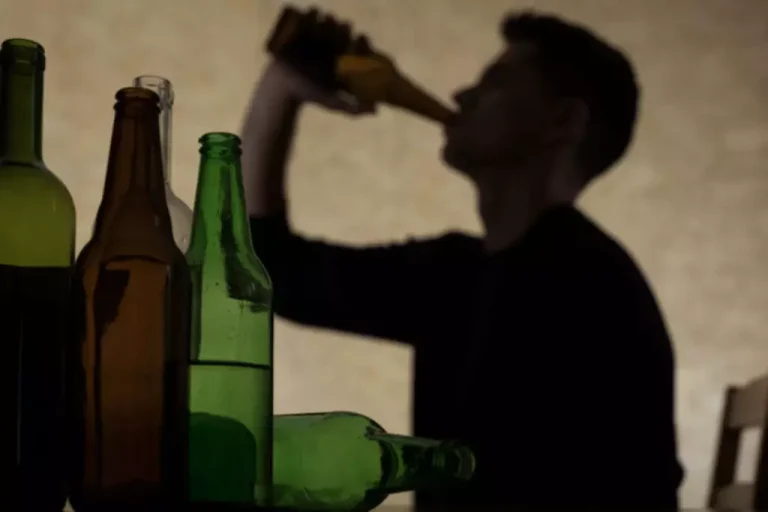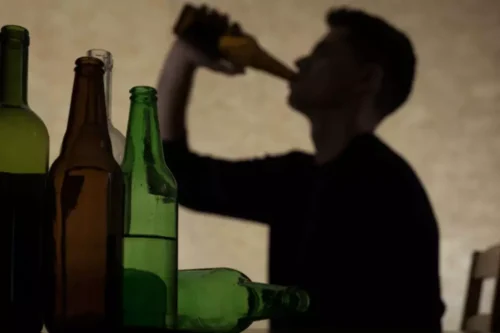
Some people who are prescribed benzodiazepines become dependent on them and end up misusing them. It can be hard to tell the difference between withdrawal symptoms and anxiety. Withdrawal symptoms usually show up anywhere from 3-4 days to 2 weeks after you last use the drug. The abuse of benzodiazepines is related to both the effects they produce and to their widespread availability.

Benzodiazepine Abuse & Addiction
Approximately two weeks after birth, the infant experiences withdrawal consisting of continued difficulty feeding, high pitched cries, hyperexcitability, and consequently possible failure to thrive. The ultimate concern is that such fetuses will later be susceptible to autism, learning difficulties, attention deficit disorder, and general hyperactivity 24. GABA is the most common neurotransmitter in the CNS, and BZDs primarily work on the GABA-A receptor subunit 1. The GABA-A receptor has various subunits, and the most important in this case is the alpha (A) submit unit. The alpha subunit has various isoforms, which dictate a BZD’s effects on the CNS. The A1 subunit is believed to be responsible for the sedative effects and anterograde amnesia, and some of the anticonvulsive impacts of diazepam 1.
Benzodiazepine Side Effects

Flumazenil is an antidote to the sedative effects of benzodiazepines in cases of severe overdose and coma risk; however, its use may cause seizures when given to people who abuse benzodiazepines chronically and who may have become dependent. Individuals with a history of substance use disorders and those with a family history of such disorders are at an increased risk of developing BUD. Some research indicates that females are more likely than males to develop BUD, but further research is needed to confirm this finding. Other risk factors include unemployment, recent or unaddressed trauma, beginning to drink, smoke, or use drugs benzodiazepine withdrawal at a young age, and having a peer group that uses or supports the use of illicit substances.

Sign Up & Get Our FREE Recovery Guide

Furthermore, two recent analyses of NSDUH data found that those with concurrent benzodiazepine and opioid misuse had a higher rate of suicidal ideation, as compared to those with benzodiazepine or opioid misuse alone (Schepis et al., 2019; Schepis et al., 2018b). These findings underscore the need to further understand the relationship between benzodiazepine misuse, polysubstance use, and suicidal behaviors. There are also studies suggesting that some individuals, particularly those with illicit drug use, intentionally seek out benzodiazepine prescriptions for the purpose of misusing (Ibanez et al., 2013; Mateu-Gelabert et al., 2017; Ross et al., 1996). In 2017, women and men over the age of 12 in the U.S. reported similar rates of tranquilizer misuse (2.1% vs. 2.3%, respectively) (CBHSQ, 2018b).

For mothers with BZD use during pregnancy, there is a risk of premature birth and low birth weight. While the study showed some teratogenic effects of BZDs on fetuses, the result is not statistically significant, and some of the malformations seen in fetuses in the study may have been due to the use of other medications such as antidepressants 24. Their relative safety compared to fellow depressants or barbiturates have increased the rate at which they are prescribed 25.
- In the absence of other medications or illicit substances, BZDs are rarely the sole cause of death.
- This occurs when someone becomes dependent on them after a prolonged period of time, and they no longer feel normal without taking them.
- Blood or urine tests may be used to check the level of benzodiazepines in your system.
- Calls to numbers marked with (I) symbols will be answered or returned by one of the treatment providers listed in our Terms and Conditions, each of which is a paid advertiser.
Signs and Symptoms of Benzodiazepine Addiction
- Due to its short half-life, and rapid absorption, alprazolam is distinguished as one of the most rapid-acting BZD with fastest relief of symptomology, increasing its abuse liability 54.
- Given their widespread use, abuse potential (23), and related risks, surprisingly little is known about benzodiazepine misuse.
- We included past-year alcohol, marijuana, and heroin use or abuse/dependence; past-year use of tobacco products; and past-year prescription use, misuse, or abuse/dependence of prescription opioids and stimulants.
- Often used to treat anxiety or insomnia, they’re some of the most commonly prescribed medications in the U.S.
However, when misused or overused, they can lead to a range of complications and health issues. For acute anxiety or temporary disorders, benzodiazepines are prescribed on an as-needed basis. However, if an individual begins abusing their prescription and it isn’t refilled, they may seek out the drug illegally.
This analysis is limited to the 10,290 respondents who specifically reported benzodiazepine use in response to the tranquilizer and sedative drug addiction items (see online Appendix for additional detail). Table 1 below demonstrates half-life, onset of action and dose equivalency of commonly utilized benzodiazepines. Common motives for benzodiazepine misuse and correlates of motives are reviewed below. It is important to note that currently available quantitative measures of motives for benzodiazepine misuse focus on a limited range of motives and the factor structure for these measures is unclear (Messina et al., 2016; Vogel et al., 2013). Nonetheless, several qualitative studies provide a broader picture of the motives for benzodiazepine misuse.
There are several signs that may indicate the presence of benzodiazepine addiction. These include an increased tolerance to the medication, withdrawal symptoms when attempting to stop or decrease dosage, continued use despite experiencing negative consequences, and a preoccupation with obtaining and using the medication. But once people in lower-income areas do receive benzodiazepine prescriptions, they’re more likely to use them for longer periods. This may be due to limited access to alternative treatments such as therapy or specialized mental health care. The longer you use benzos, the more profound these brain changes can be, which is why people often require benzo addiction treatment to stop using these drugs.
